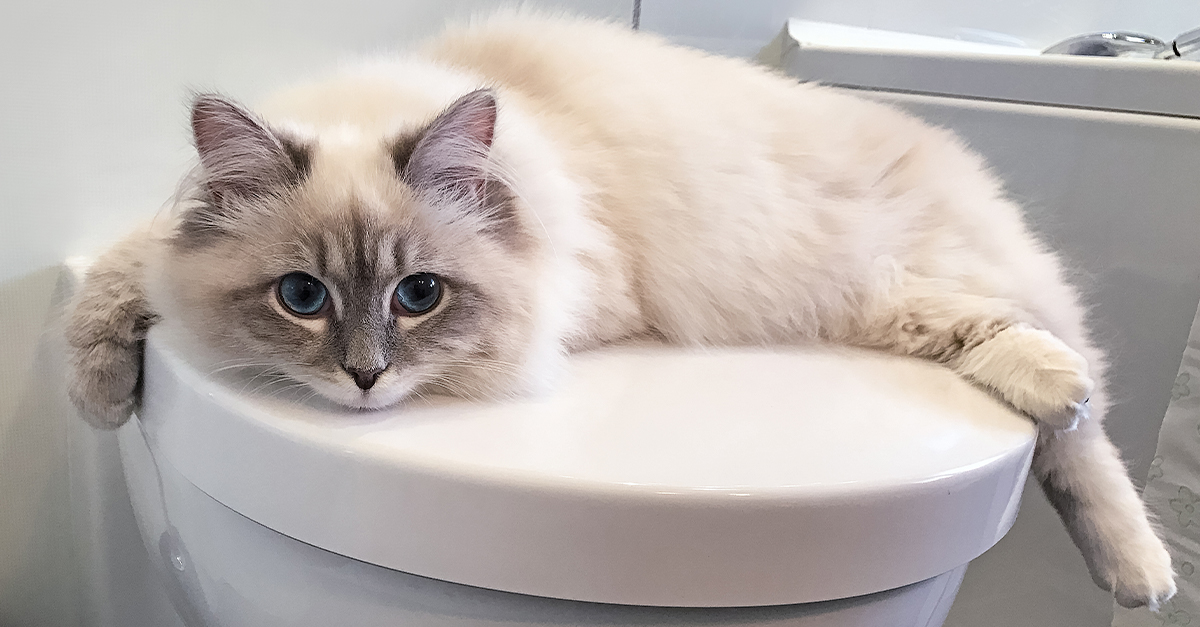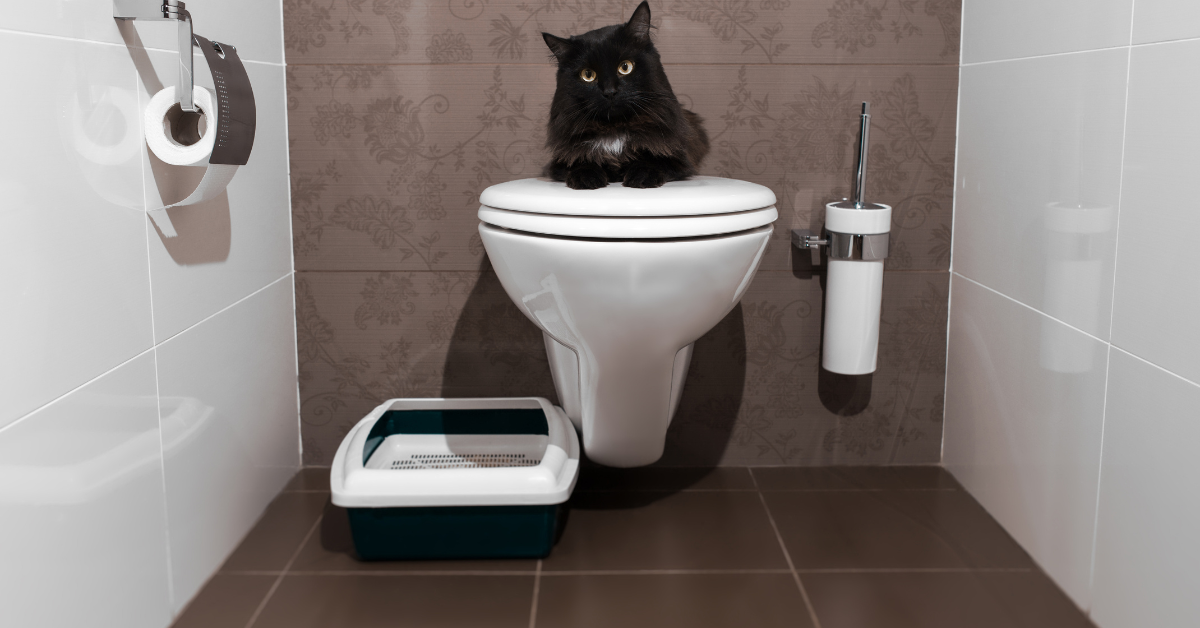The Dangers of Flushing Cat Poop Down Your Toilet - Tips for Better Handling
The Dangers of Flushing Cat Poop Down Your Toilet - Tips for Better Handling
Blog Article
We've unearthed the article on Can You Flush Cat Poop Down The Toilet? down the page on the internet and believe it made perfect sense to write about it with you here.

Intro
As cat owners, it's essential to bear in mind how we throw away our feline pals' waste. While it might seem hassle-free to flush pet cat poop down the toilet, this method can have harmful consequences for both the setting and human wellness.
Alternatives to Flushing
The good news is, there are much safer and extra liable means to deal with cat poop. Consider the complying with alternatives:
1. Scoop and Dispose in Trash
One of the most typical method of getting rid of feline poop is to scoop it into a naturally degradable bag and toss it in the trash. Make sure to make use of a committed trash scoop and take care of the waste quickly.
2. Use Biodegradable Litter
Go with eco-friendly feline litter made from products such as corn or wheat. These trashes are eco-friendly and can be safely taken care of in the garbage.
3. Hide in the Yard
If you have a backyard, think about hiding feline waste in a marked area far from veggie yards and water sources. Make sure to dig deep sufficient to stop contamination of groundwater.
4. Install a Pet Waste Disposal System
Invest in an animal garbage disposal system particularly made for cat waste. These systems use enzymes to break down the waste, decreasing odor and environmental impact.
Health Risks
In addition to ecological worries, purging cat waste can additionally position health and wellness risks to human beings. Pet cat feces may contain Toxoplasma gondii, a bloodsucker that can trigger toxoplasmosis-- a potentially severe illness, particularly for pregnant females and people with weakened body immune systems.
Environmental Impact
Flushing pet cat poop introduces harmful pathogens and parasites into the water, positioning a considerable danger to marine communities. These contaminants can negatively impact marine life and compromise water quality.
Conclusion
Accountable family pet possession expands past providing food and shelter-- it also involves correct waste management. By avoiding purging feline poop down the toilet and choosing alternative disposal methods, we can decrease our ecological footprint and shield human health.
Why Can’t I Flush Cat Poop?
It Spreads a Parasite
Cats are frequently infected with a parasite called toxoplasma gondii. The parasite causes an infection called toxoplasmosis. It is usually harmless to cats. The parasite only uses cat poop as a host for its eggs. Otherwise, the cat’s immune system usually keeps the infection at low enough levels to maintain its own health. But it does not stop the develop of eggs. These eggs are tiny and surprisingly tough. They may survive for a year before they begin to grow. But that’s the problem.
Our wastewater system is not designed to deal with toxoplasmosis eggs. Instead, most eggs will flush from your toilet into sewers and wastewater management plants. After the sewage is treated for many other harmful things in it, it is typically released into local rivers, lakes, or oceans. Here, the toxoplasmosis eggs can find new hosts, including starfish, crabs, otters, and many other wildlife. For many, this is a significant risk to their health. Toxoplasmosis can also end up infecting water sources that are important for agriculture, which means our deer, pigs, and sheep can get infected too.
Is There Risk to Humans?
There can be a risk to human life from flushing cat poop down the toilet. If you do so, the parasites from your cat’s poop can end up in shellfish, game animals, or livestock. If this meat is then served raw or undercooked, the people who eat it can get sick.
In fact, according to the CDC, 40 million people in the United States are infected with toxoplasma gondii. They get it from exposure to infected seafood, or from some kind of cat poop contamination, like drinking from a stream that is contaminated or touching anything that has come into contact with cat poop. That includes just cleaning a cat litter box.
Most people who get infected with these parasites will not develop any symptoms. However, for pregnant women or for those with compromised immune systems, the parasite can cause severe health problems.
How to Handle Cat Poop
The best way to handle cat poop is actually to clean the box more often. The eggs that the parasite sheds will not become active until one to five days after the cat poops. That means that if you clean daily, you’re much less likely to come into direct contact with infectious eggs.
That said, always dispose of cat poop in the garbage and not down the toilet. Wash your hands before and after you clean the litter box, and bring the bag of poop right outside to your garbage bins.
https://trenchlesssolutionsusa.com/why-cant-i-flush-cat-poop/

As a fervent reader on Can You Flush Cat Poop Down The Toilet?, I imagined sharing that piece of content was essential. For those who enjoyed reading our blog entry if you please remember to pass it around. Thank-you for going through it.
Click Here Report this page